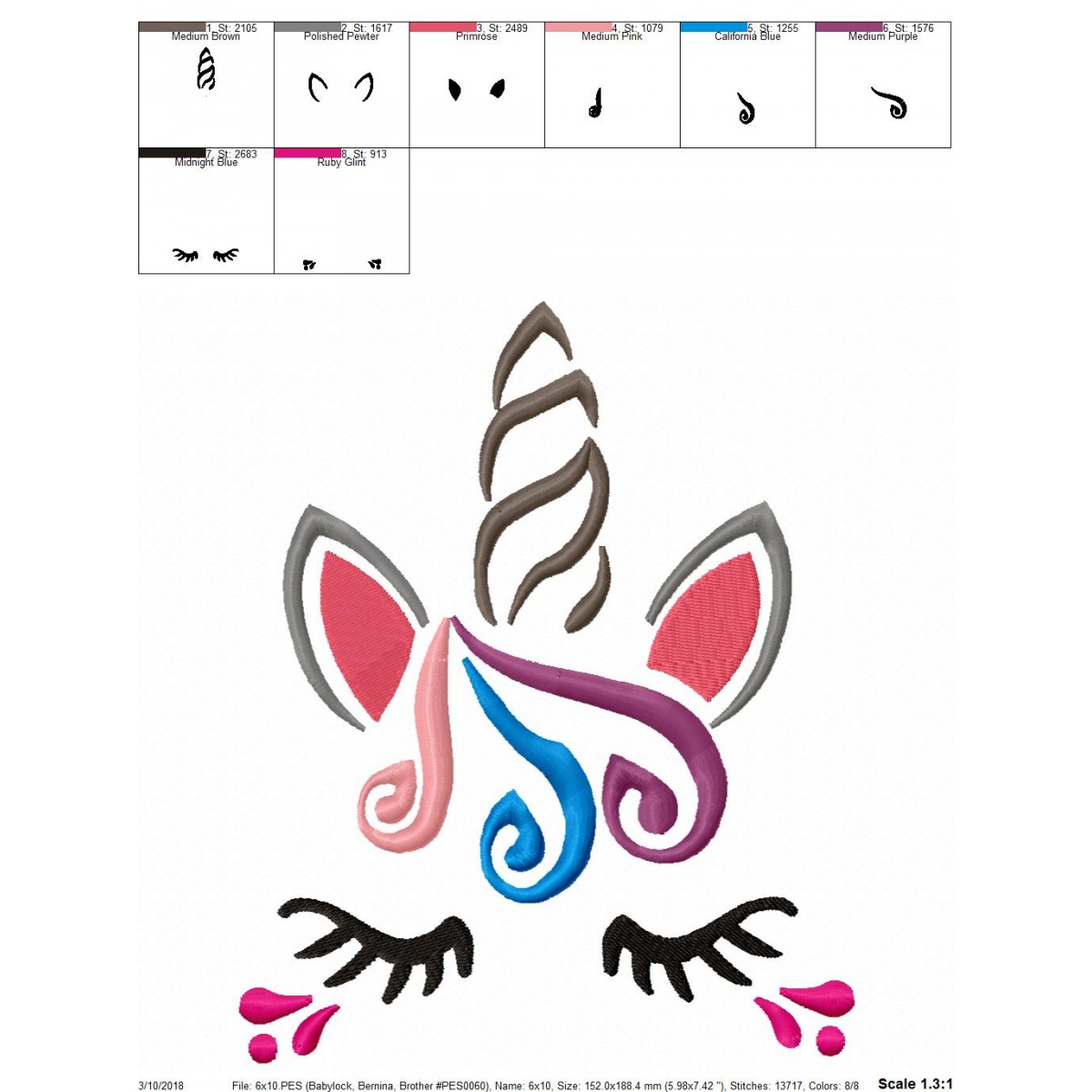Table Of Content

Acoustic systems operate in a band of 32 Hz and are equipped “from below” with an 18” speaker weighing 21 kg. This is followed by an asymmetrical mib-bass horn made of a special dampening sandwich and a cast iron HF horn. The speakers are powered by a 3-watt amplification, and their sensitivity is 105 dB. Horn loudspeakers can be constructed from a variety of materials, each of which can influence the resulting sound quality. A larger horn mouth allows for more focused and controlled sound dispersion at lower frequencies, while smaller horns are better suited for higher frequencies.
Lost In Translation? Pro Audio Has A Language All Its Own
As a matter of safety and convenience, every passenger vehicle should have a horn of some sort. Horns were also used in the upper frequencies, usually cast in malleable metal. A well-known example is the venerable Altec Lansing 511B multi-cellular horn. An X-Shape throat shipped with or without wood profile of any size, walls can be used as profile extensions.
Church Sound: The Power (And Value) Of The Unseen In Worship Tech
Remember that the size and shape of the horn also affect its directivity. Larger horns with wider mouths provide more directional control at lower frequencies, while smaller horns are better for higher frequencies. Tractrix horns, due to their balance between efficiency and sound quality, are an excellent choice for those seeking a middle ground. We love all things audio, from speaker design, acoustics to digital signal processing. Generally, speakers with small radiation surface areas, such as compression drivers, need a horn.
Atman launches Sylph which turns any surface into a speaker
Frequency response 35 – 19,000 Hz, resistance, of course, 8 ohms and the weight of each speaker is 245 kg. The top-of-the-line ODEON Audio Carnegie speakers boast 97dB of sensitivity and work well with low power tube amplification. A 38 mm milar compression tweeter with a 2.4 Tesla magnet system, a 13 cm midrange driver and a 38 cm woofer are all enclosed in proprietary multilayer wood composite horns. The speakers operate in the band from 26 Hz to 29 kHz – and, I must say, for their price tag in the “initial High End” segment, they easily put a lot of competitors on the blades. In conclusion, horn loudspeakers offer a unique blend of benefits and shortcomings.

We have determined that the size of the horn is in direct correlation with the frequencies we want to play. This means small and medium sized horns for the high and mid frequencies, and large horns for the low frequencies. It is impractical to build a horn with a mouth of 3.5 m in diameter, because it will probably fit nowhere. So for those horns, which we want to go low, below 100 Hz, a folded or coiled designed must be adopted. Unlike bookshelf speakers or tweeters, compression drivers are used for PA (public address) systems, such as those used at a gig or where loud music is required. In very simple terms, radiation impedance is defined as the ratio of the reaction force of the medium (i.e. air) to the velocity of vibration of the diaphragm or sound source.
It may also limit the rear radiation of horns and compression drivers to avoid acoustical energy returning back towards the stage. Although the Aries Cerat Symphonia LE speakers are not located at the very top of the company’s model range, few can compare with them in terms of presentation. 101 dB of sensitivity and frequency response from 30 to 100,000 Hz are the finishing touches. The speaker driver and the horn must be acoustically compatible – that is, the driver must be capable of effectively energizing the air in the horn.
Grand Cinema, long range big horn.
Building Development Engineering Services - Kimley-Horn
Building Development Engineering Services.
Posted: Mon, 17 May 2021 20:51:19 GMT [source]
Horn design is an art form and a science, requiring a balancing act between the best audio directivity projection and loudness combination while maintaining good sound quality. More expensive vehicles generally use a pair of horns, generally snail type, each of which generates a different tone. Many Cadillac Fleetwoods of the 1950s through 1970s had famously great-sounding triple horns. Since the 1940s, most new cars have been built with a horn operated via a control on the steering wheel or steering column.
Sonotrodes (ultrasonic horns) and boosters are special tools designed so that their natural vibrations (resonance) form a defined mode shape at a particular frequency. Axial-mode refers to the predominant direction of vibrational movement - along the axis of the sonotrode. Half-wavelength describes the variation of vibration amplitide along the length - at a maximum at both ends with a point of zero (axial) motion in the middle. Tweeters, particularly those used in high-quality audio systems, are designed to produce clear, detailed high-frequency sounds. While they may not be as loud as horns, they contribute significantly to the overall clarity and detail of music. The simplest is a flat baffle, an approach dating back to the early 1900s.
How does a horn loudspeaker amplify sound ?
In general, loudspeaker enclosures should always be as solid and inert as possible. Energy that’s absorbed by vibrating cabinet panels is wasted energy that’s not getting out front. The center frequency of the dip is the box tuning frequency, and the depth of the dip roughly indicates the construction merits of the box. Even a small air leak will decrease the depth of the dip, which should be as deep as possible for maximum energy transfer to the port. An irregular shape indicates parasitic resonances such as vibrating panels. As time went on, it became clear that 18- x 18-foot baffles weren’t very practical, except perhaps in fixed cinema installations.
It is assumed that the cutoff frequency corresponds to the wavelength being equal to the circumference of the horn at the mouth. SonoAnalyzer Pro will offer the same plus direct interaction with the FEA postprocessor, allowing the user to rotate the model, zoom, pan and use a variety of advanced options. The full-wavelength axial mode (as the name implies, effectively two half-wavelength sonotrodes joined together). In this case it's up to the user to decide which mode to use and hence which resonant frequency should be adjusted.
The folded horn speaker design is a popular choice for outdoors or for very large rooms. The main reason is because they have very high efficiency and the designer can control the directivity of the sound. The size of the enclosure is not much of a problem, since they are for outside use. A rear loaded design, with a folded passage of increasing area formed behind the driver.

No comments:
Post a Comment